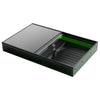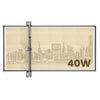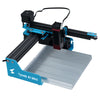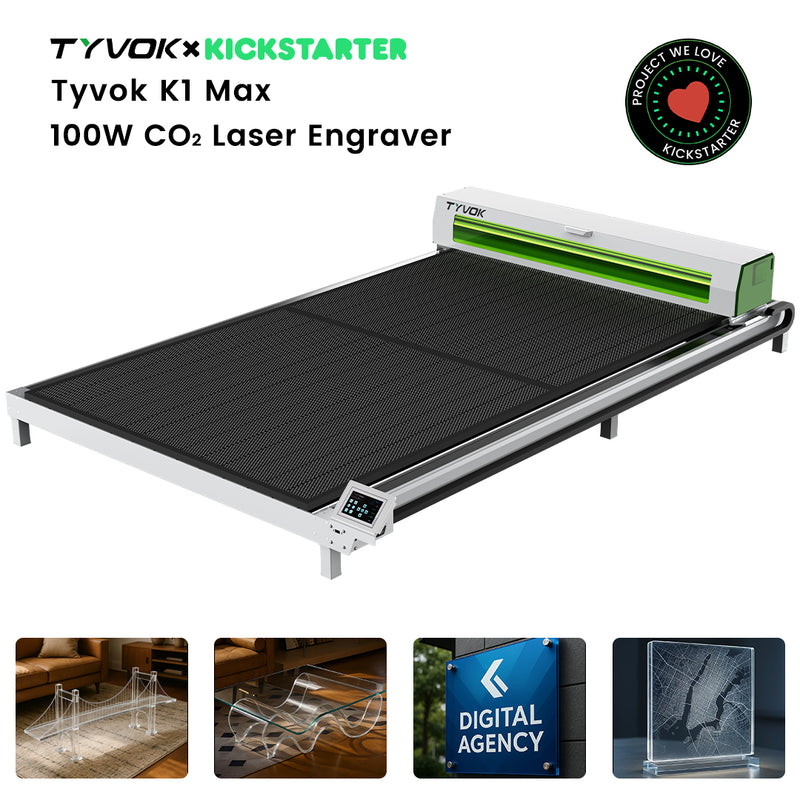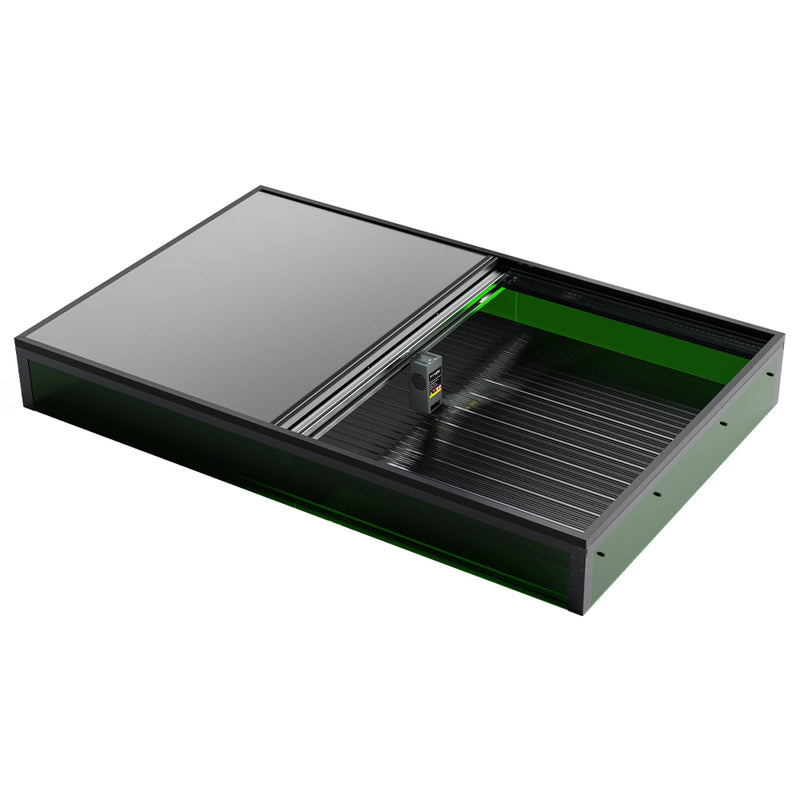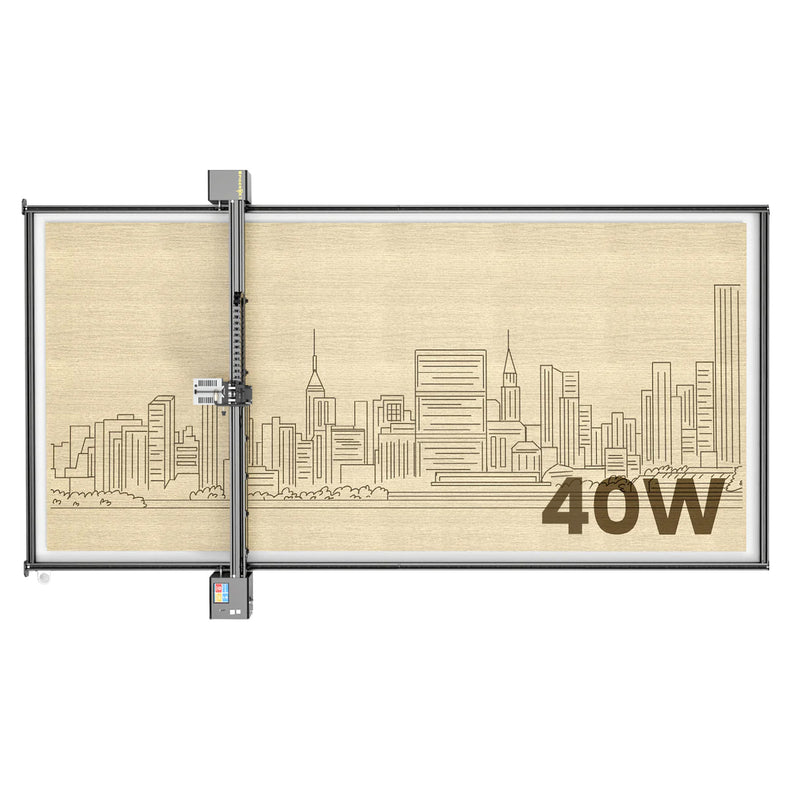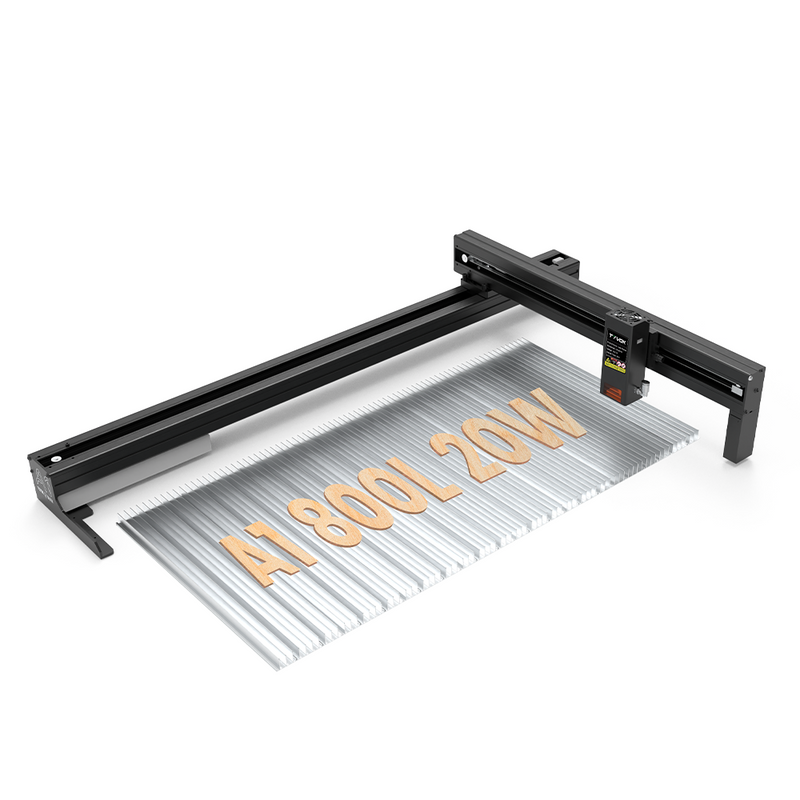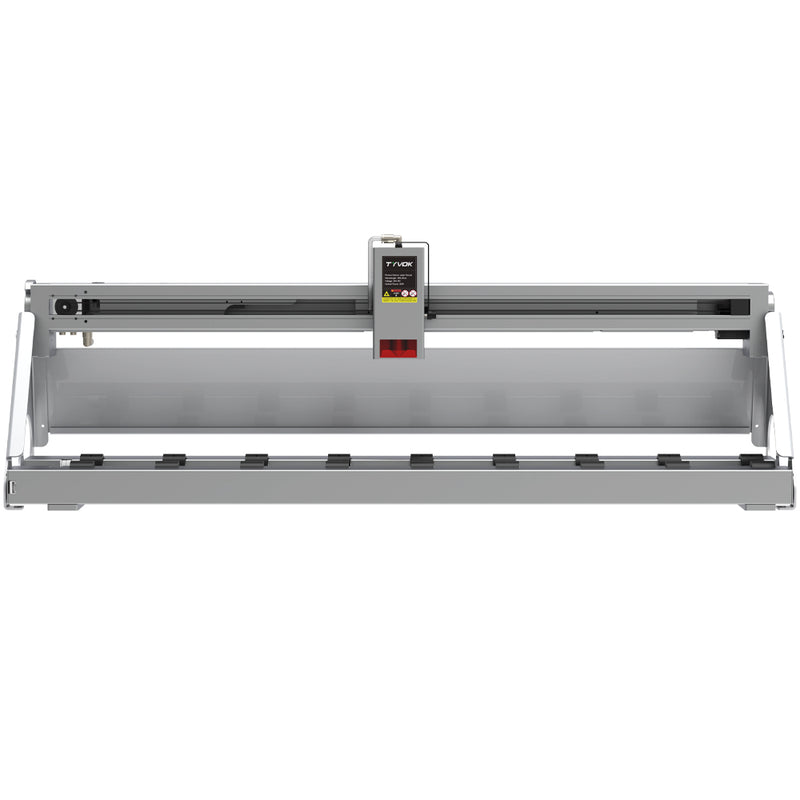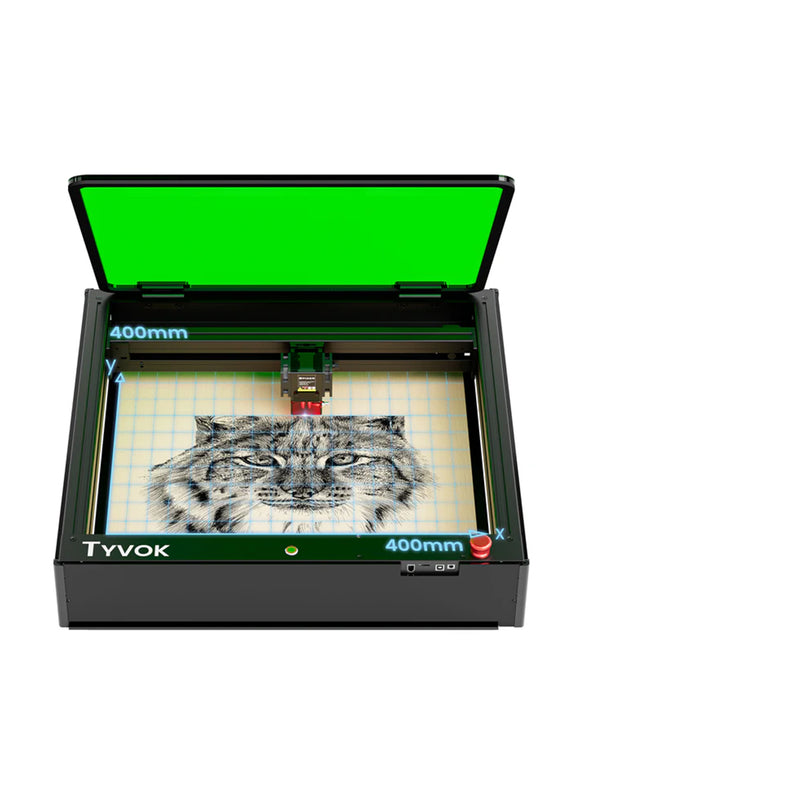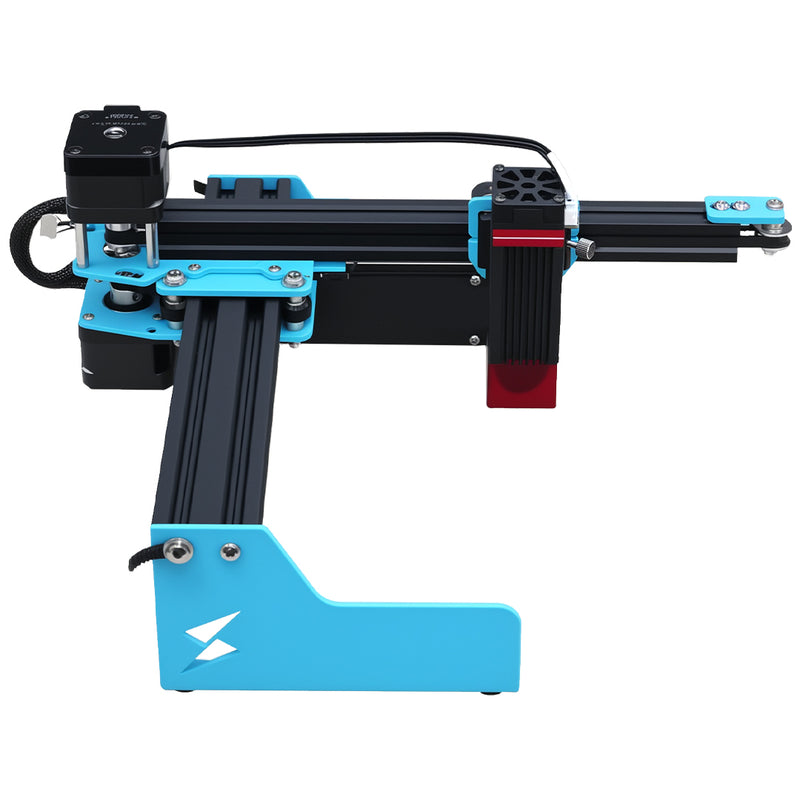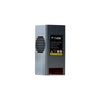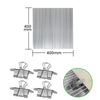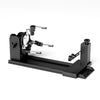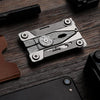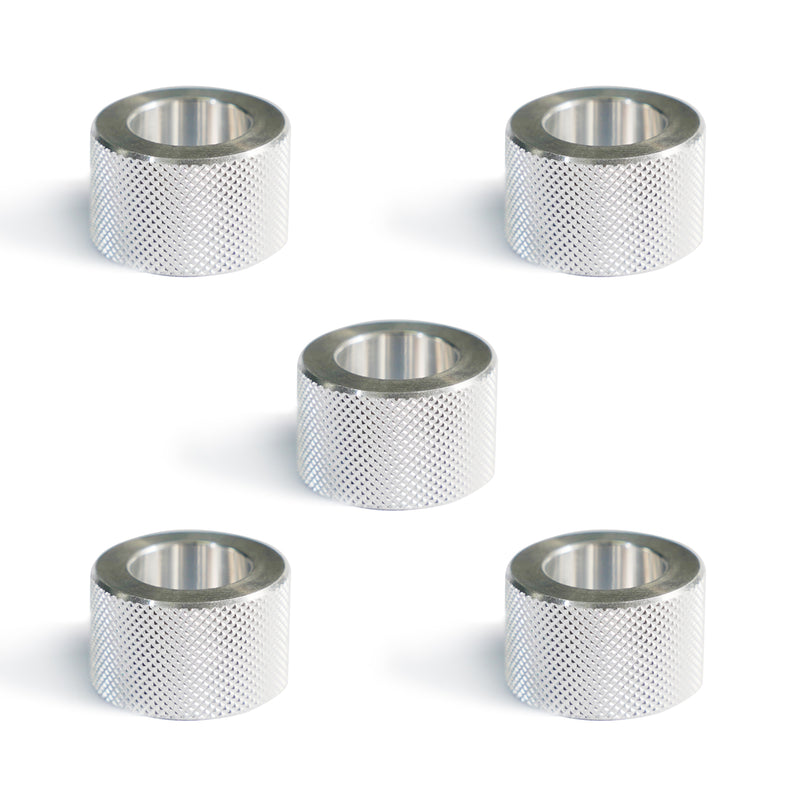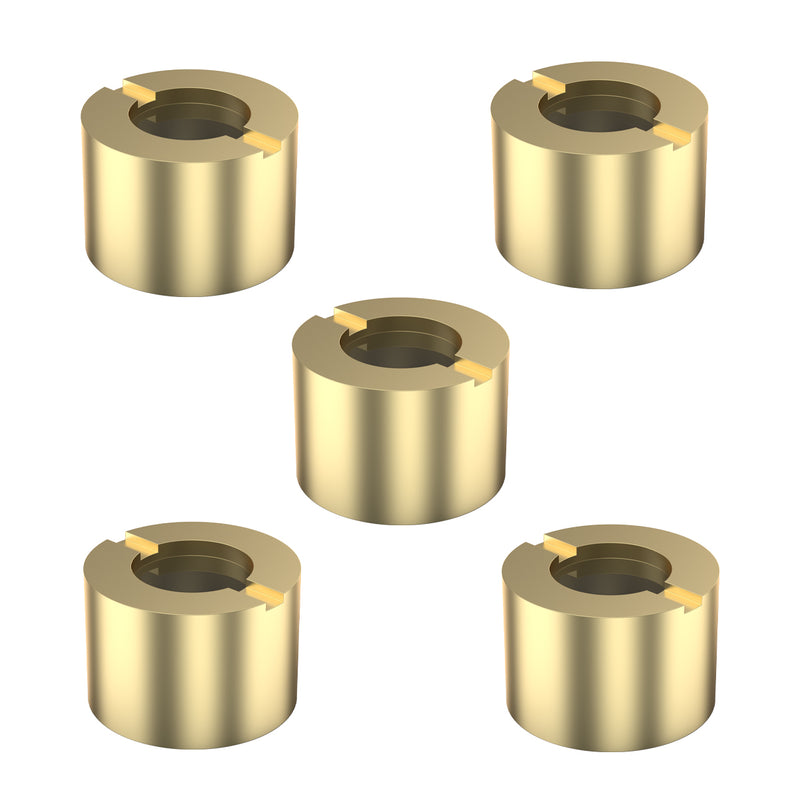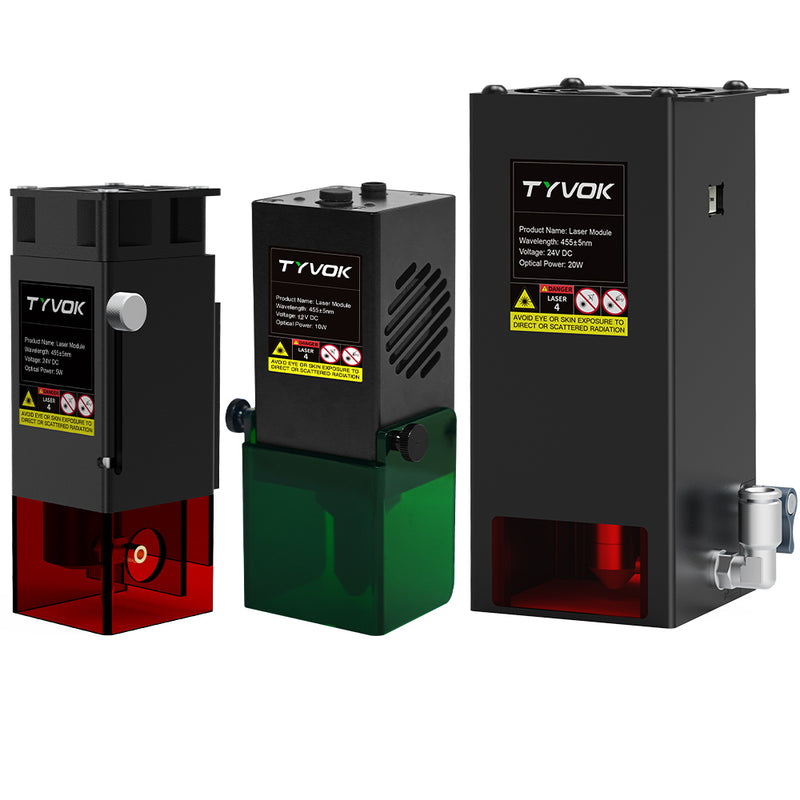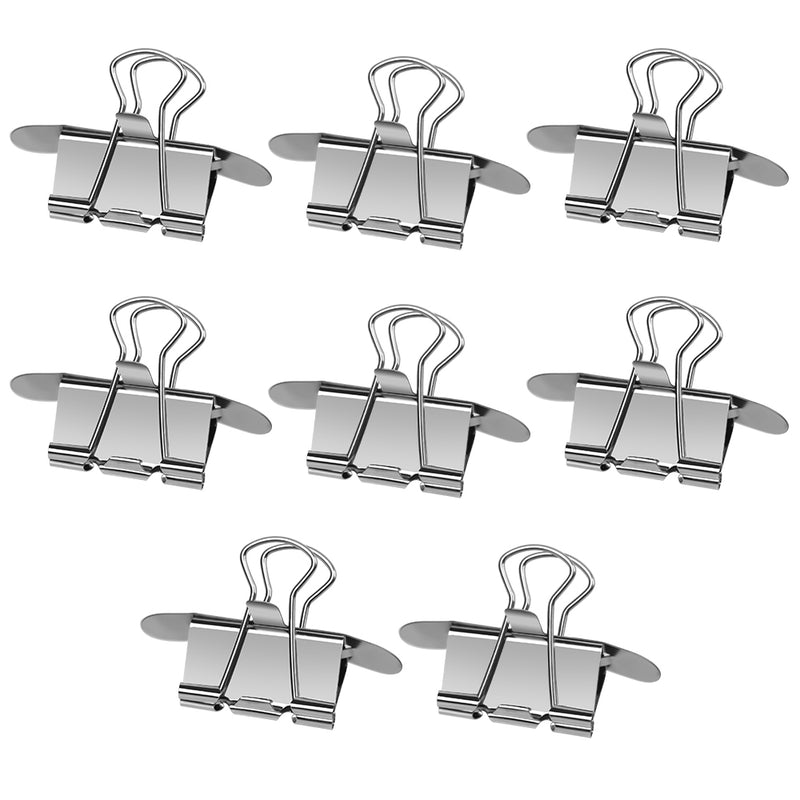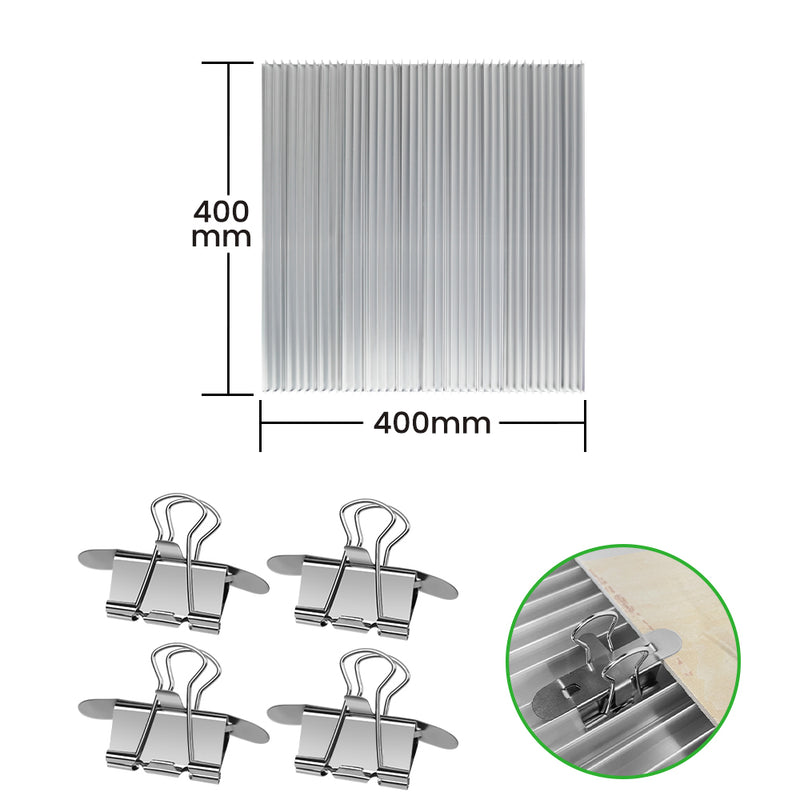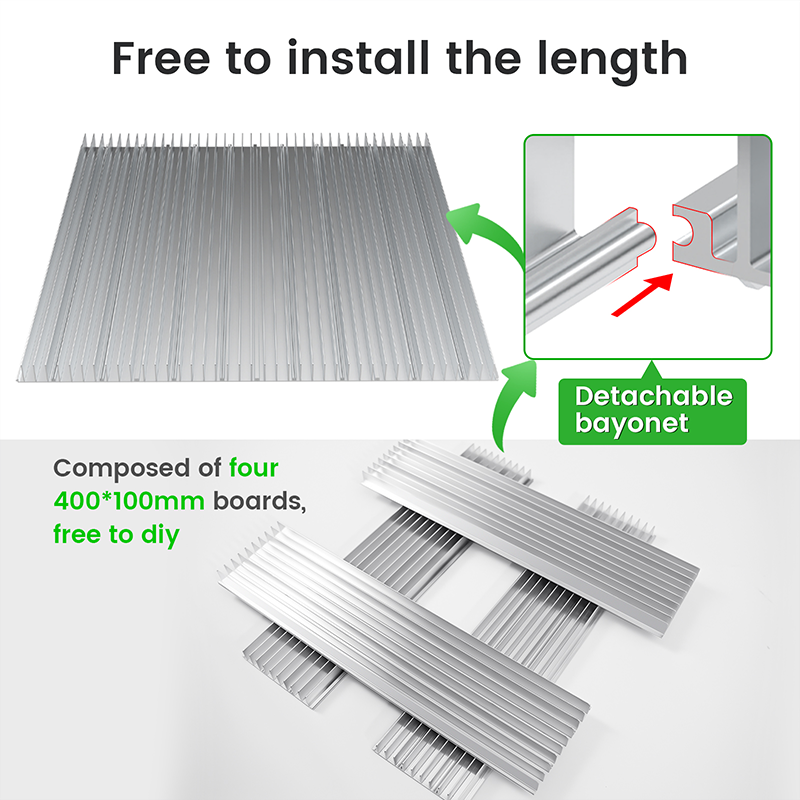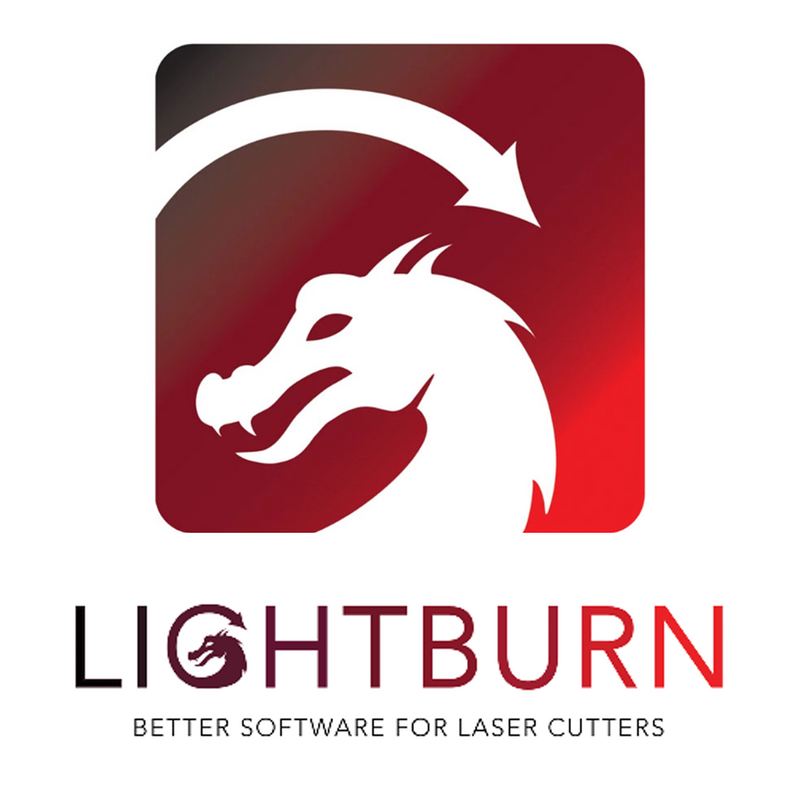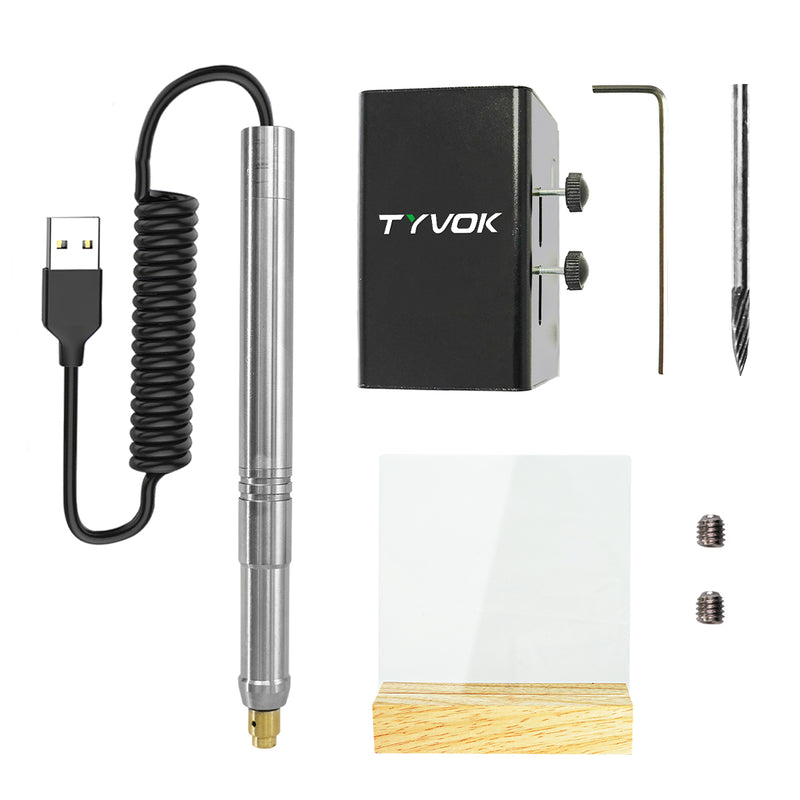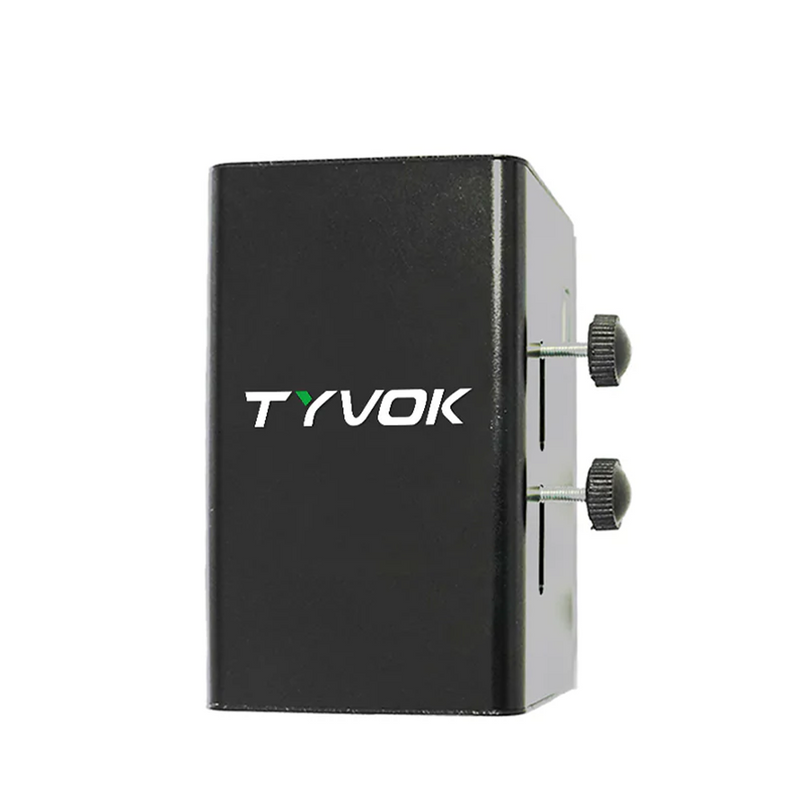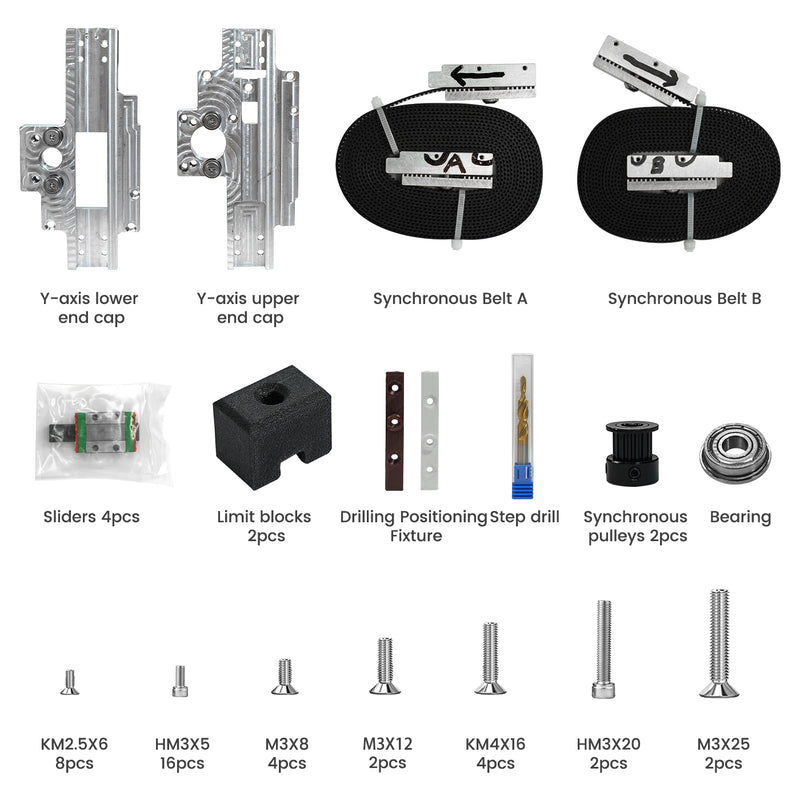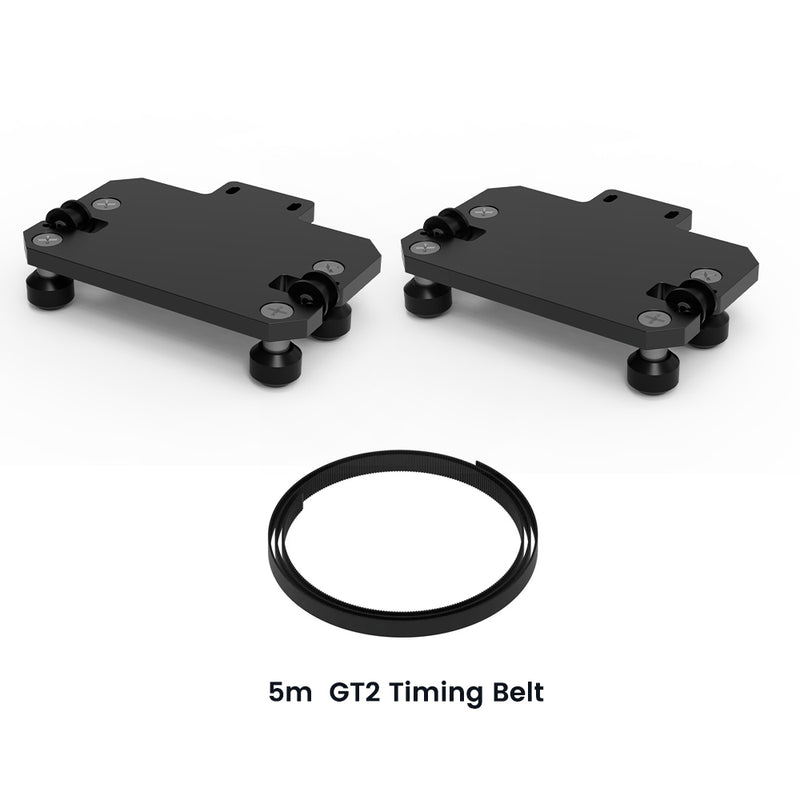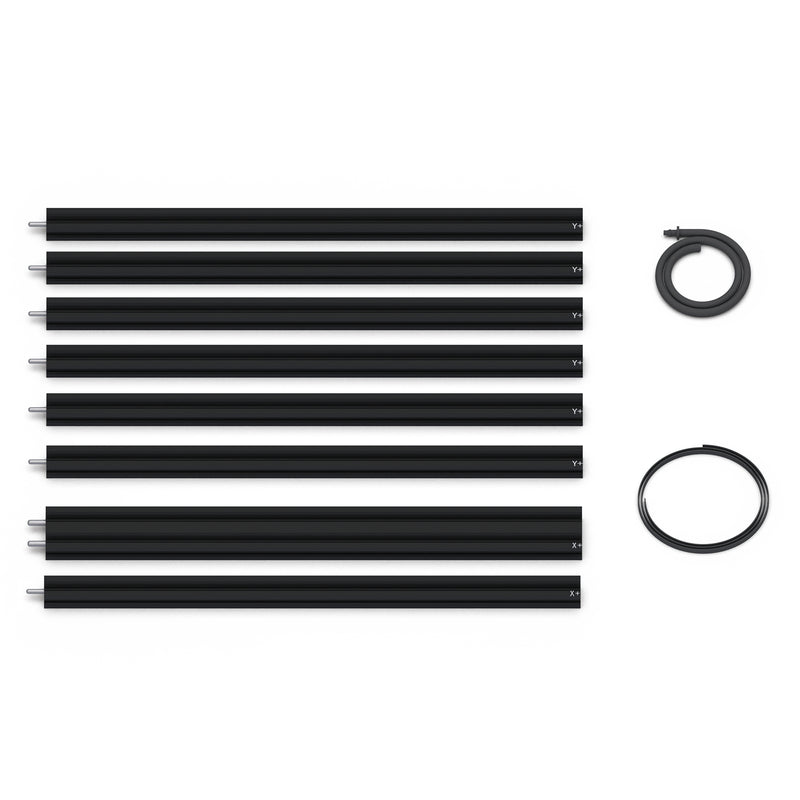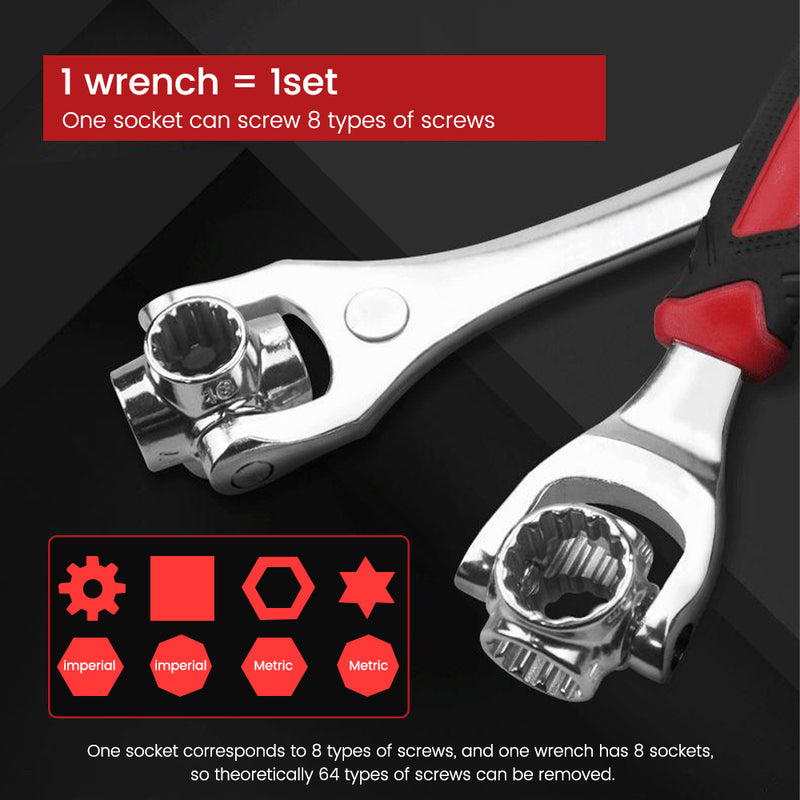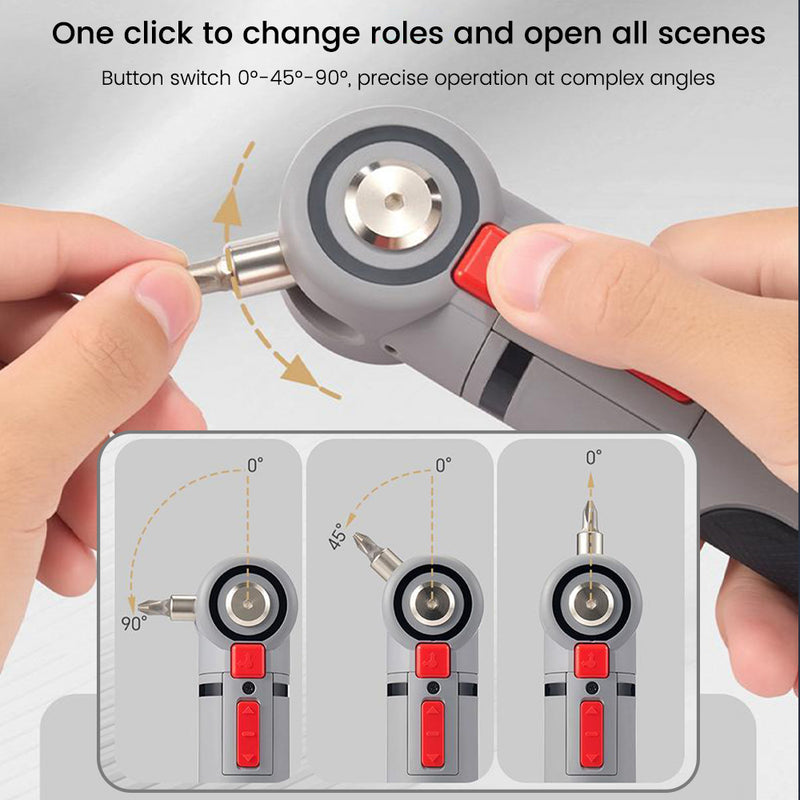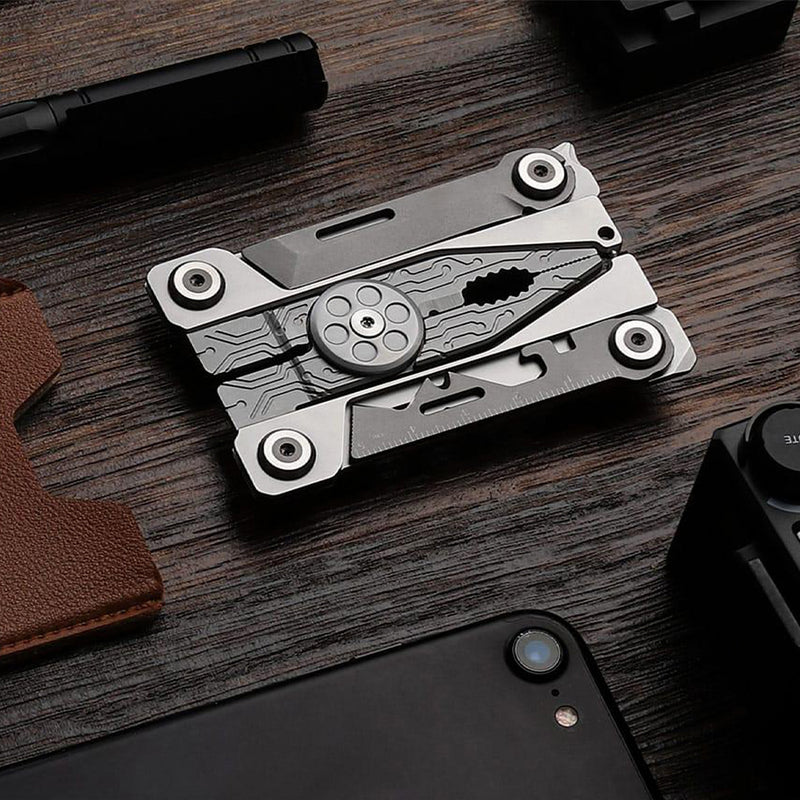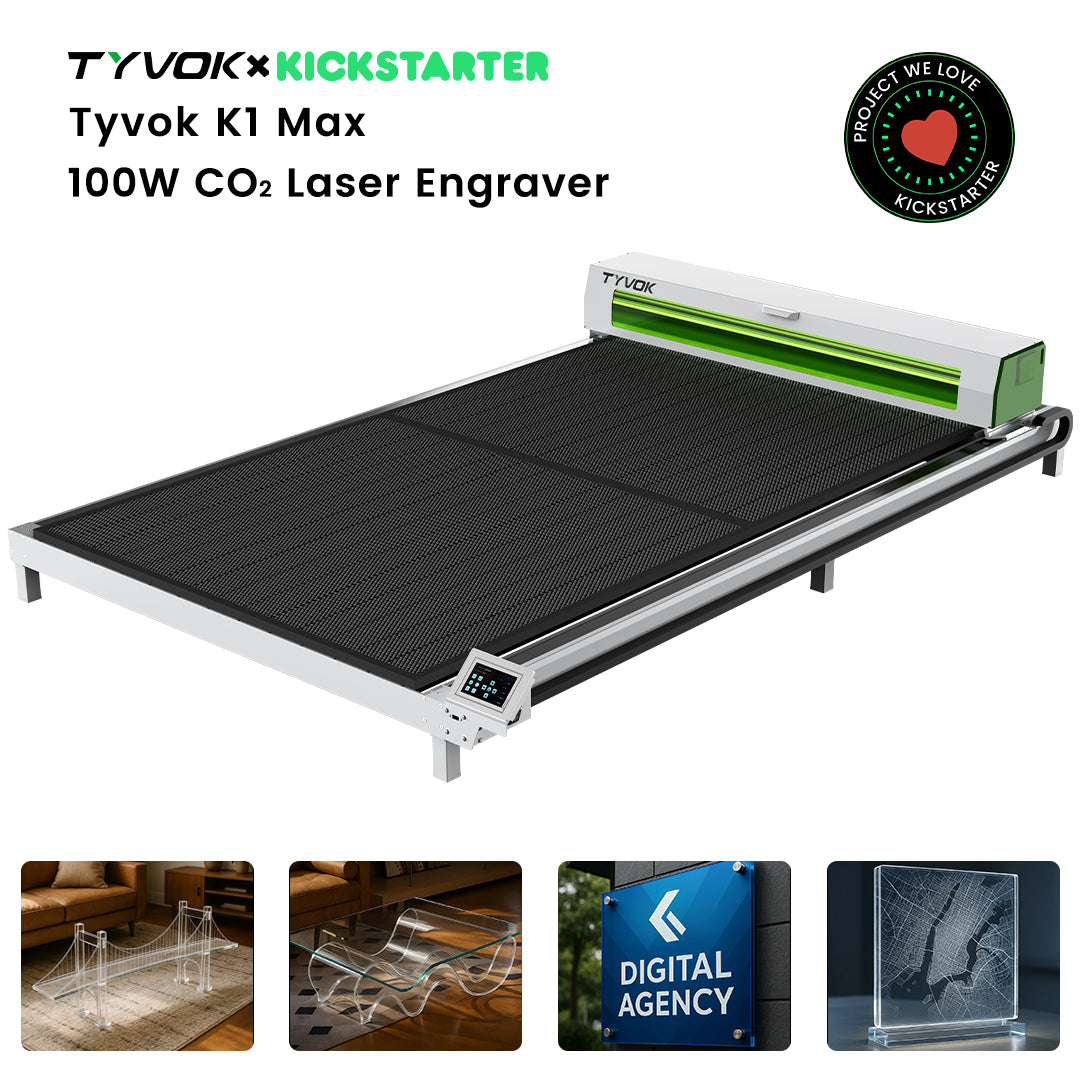Laser engraving stands out as a versatile process applicable across a diverse array of industries and materials. Undertaking the engraving of a new material can prove challenging, given the distinct behavior of each material during the engraving process, accompanied by unique challenges.
This article delineates seven essential steps to ensure successful laser engraving, irrespective of the material utilized. Furthermore, it delves into the comprehensive aspects of the laser engraving process, safety protocols, and various types of laser engraving.

Ensure the laser engraver is positioned in an environment with optimal lighting and ventilation. If utilizing a tabletop laser engraver, confirm the stability of the supporting table. Following positioning, connect the power cable, adhere to the recommended procedures outlined in the operator’s manual, and meticulously inspect the laser cutting machine for foreign objects, ensuring the optics remain pristine.
2. Material SelectionWhen selecting materials for laser engraving, understanding the limitations of the engraving machine is crucial. While entry-level laser engravers, such as the Tyvok Spider X1S, handle materials like wood, plastic, leather, and glass, more powerful machines are requisite for challenging materials like steel. Avoid engraving materials that emit harmful fumes or are prone to ignition. Examples include PVC, PTFE, and artificial leather. Exercise caution when working with flammable materials like paper, handling them with care. The size of the material is constrained by the engraver's work table, necessitating cutting to size if the raw material exceeds these dimensions.

Correct positioning of the raw material on the laser engraver work table is imperative to ensure accurate engraving of the designated section. Some laser engraving machines feature built-in cameras facilitating alignment of the intended design with the actual blank. This alignment is critical for aesthetic appeal, particularly when considering factors such as wood grain direction relative to the design. Simpler laser engraving machines may require aligning one corner of the material with an origin point on the worktable.
4. Laser Engraving Software SelectionLaser engraving software is a prerequisite for converting designs into machine instructions. Some engravers come with proprietary software, while others require the installation of third-party software such as Laser GRBL (a popular free program) or Lightburn (a commonly used paid software package). Compatibility with the laser engraver and support for engraving functionality are key considerations.

Upon selecting the software, import the design and commence the process of converting it into machine instructions. Crucial settings include speed, laser power, and the number of passes. Adjustment of these settings is material-dependent, with the speed and laser power contingent on the engraved material. The number of passes determines the depth of laser engraving. Deep engraving necessitates either a more powerful laser or additional engraving passes. Referencing the OEM operating manual is beneficial for correct settings, although some trial and error may be required for optimal results. Utilize scrap material for fine-tuning settings.

While laser engravers operate at lower power ranges than dedicated laser cutting machines, laser light remains capable of causing severe burns and permanent eye damage. Utilize laser-specific eye protection designed to block the laser engraver's specific wavelength. Enclose the laser engraving operation behind a safety screen, with an interlock system preventing laser operation when the screen is open.
Additionally, certain materials may emit fumes during engraving, which, while not always toxic, should be vented outside. Fire presents a significant safety risk, particularly with materials featuring a low ignition point. Implementation of relevant safety measures is paramount before commencing the engraving process. Vigilance during the initial use of a new material is advisable.

While laser engraving is cleaner than traditional rotary tool engraving, some clean-up remains necessary for both the engraved part and the machine. Particulate matter generated during the ejection of melted or vaporized material from the workpiece requires removal. Before initiating clean-up, ensure the machine is turned off. Dedicated lens cleaning wipes are recommended for cleaning laser optics without causing damage. Avoid using solvents, corrosive chemicals, or abrasive cleaners on optical components. Other parts of the laser engraver can be wiped clean with a damp microfiber cloth.
Understanding Laser Engraving: Laser engraving entails the removal of material by vaporizing surface layers on a workpiece. This technique, also known as laser ablation, finds applications in both industrial and artistic domains, performed on dedicated laser engraving machines or higher-powered laser cutters.

How Laser Engraving Works: The process involves focusing a laser on the material's surface, leading to instant vaporization and transformation from a solid to a gas or plasma. Greater laser energy results in deeper engraving, with multiple passes employed to avoid excessive heat build-up.
Who Uses Laser Engraving: Engineers, artists, and hobbyists across various industries leverage laser engraving for marking components and artistic designs. It is extensively used for creating durable marking and serialization in industrial applications, as well as artistic applications like engraving designs into wood. Laser engraving is also prevalent in creating customized apparel and accessories.

Key Factors for Successful Laser Engraving of Different Materials: The behavior of each material during laser engraving is determined by its specific properties, necessitating adjustments to the engraving process. Key considerations include the type of laser (CO2 or fiber), laser power, cooling requirements, and speed adjustments for optimal results across different materials. CO2 lasers are well-suited to organic materials like wood and leather, while fiber lasers are more suitable for metals. High-power lasers are essential for materials with high vaporization temperatures. Cooling, often in the form of high-pressure air, is required for certain materials during the engraving process. Metals may require slower engraving speeds compared to easier-to-engrave materials like wood.

Click to learn about Spider X1S and Spider A1 laser engraving machines, buy them now and start your creative journey!
